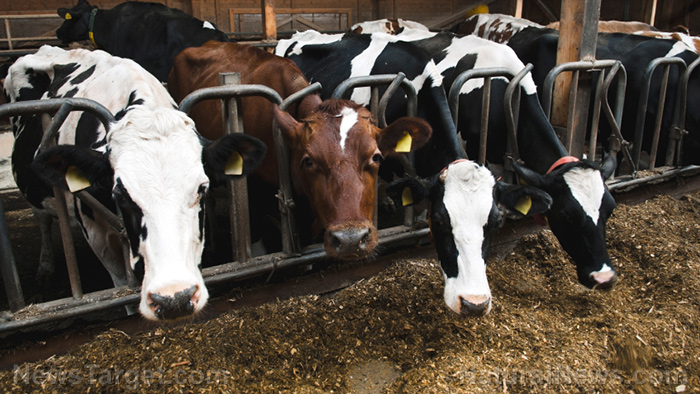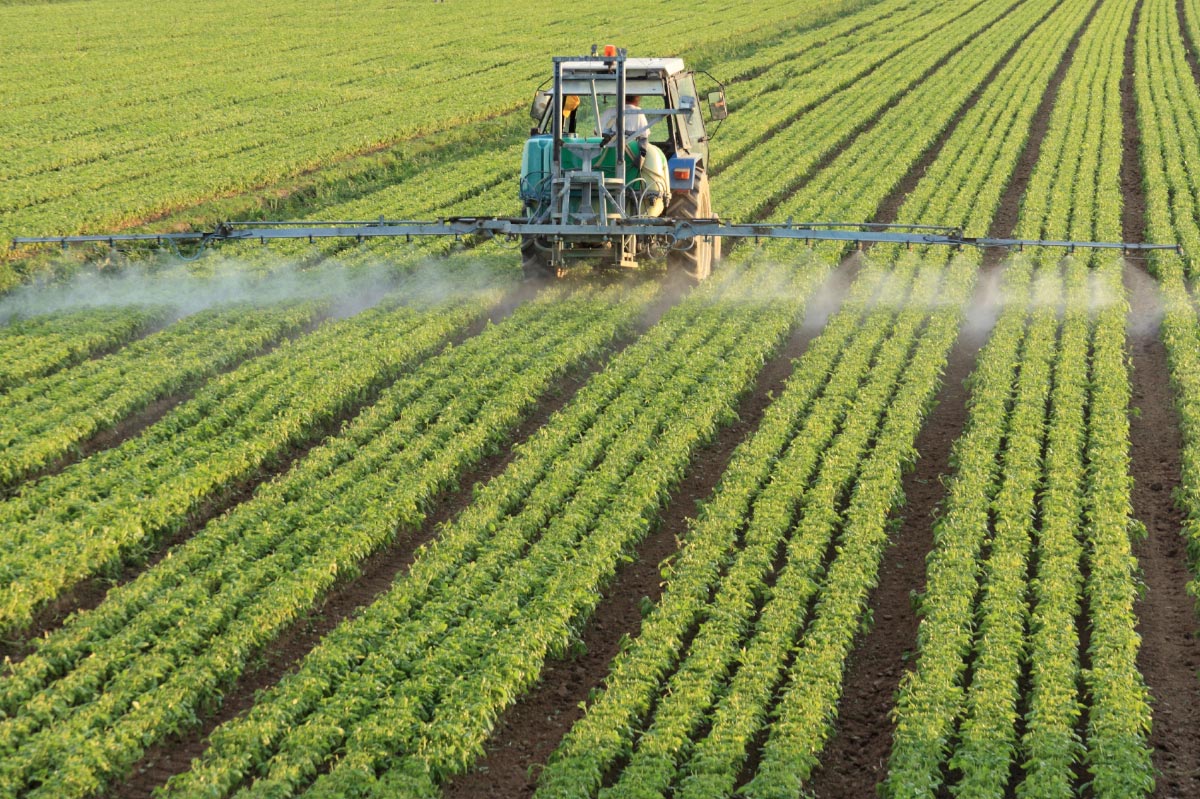
This class of agricultural chemicals is one of the most commonly used insecticides across the country. Since neonics, as they are nicknamed, were released in the 1990s as the more environmentally-friendly pesticides on the market, nobody has ever questioned their safety on human health, until recently. Past research found that neonics not only wreak havoc on the nervous systems of insects, but they may also cause developmental or neurological problems in humans too.
In 2015, the U.S. Geological Survey (USGS) first started to detect neonicotinoid pollutants in more than half of the samples taken from streams and rivers throughout the United States. Alarmed by these findings, chemists and engineers at the USGS and University of Iowa wanted to investigate if neonicotinoids also end up in the tap water millions of Americans drink or use for cooking.
Are there dangerous insecticides lurking in your drinking water?
For the very first time, Gregory H. LeFevre, a University of Iowa environmental engineer, and his colleagues have identified neonicotinoids in treated tap water. Touted as being safer than other chemicals on the market, some experts found that chronic, low-level exposure to neonicotinoids can attack cells in the human nervous system, which could result in memory loss, according to Japanese researchers.
Furthermore, these nicotine-like insecticides bind and activate receptors in cells located in the central nervous system and peripheral nervous system. Overstimulation of these receptors can cause paralysis and even death, reported the Daily Mail Online.
Co-author Dr. Gregory LeFevre told The Washington Post that while these findings are important, they are not a reason for immediate alarm. The samples were taken over a seven-week span, just after the region’s farmers planted maize and soy seeds, which are often coated with neonicotinoids.
The scientists tested water that went through two different water treatment systems. One system, serving Iowa City, using granular activated carbon filtration that dissolves organic compounds, removed 100 percent of clothianidin, 94 percent of imidacloprid, and 85 percent of thiamethoxam. The rapid sand filtration system serving the University of Iowa, however, was only able to remove about one percent, eight percent, and 44 percent of the same neonics. These results prompted the university to install a similar water filtration system on its campus.
No regulations of neonicotinoid levels in our drinking water
Since there are no conclusive research papers available linking neonics to adverse health effects in humans, regulators and the United States Environmental Protection Agency (EPA) have not yet identified safe levels of neonicotinoids in drinking water.
In an email to the Washington Post, Dr. Melissa Perry, a public health researcher at George Washington University, said that there is currently no national effort being made to measure the level of neonics that are ending up into our bodies, be it through water or food.
She added that more comprehensive assessments are needed to detect if common neonics are also contaminating public water supplies in other parts of the country. The new study provides further evidence that neonics are present in our daily environments and, in order to protect public health, should not be ignored.
Not sure if your tap water is fit for human consumption? Mike Adams,’ (the Health Ranger and founder of Natural News) international accredited lab (CWC labs) can help you to find out the truth.
Sources:
Please contact us for more information.























